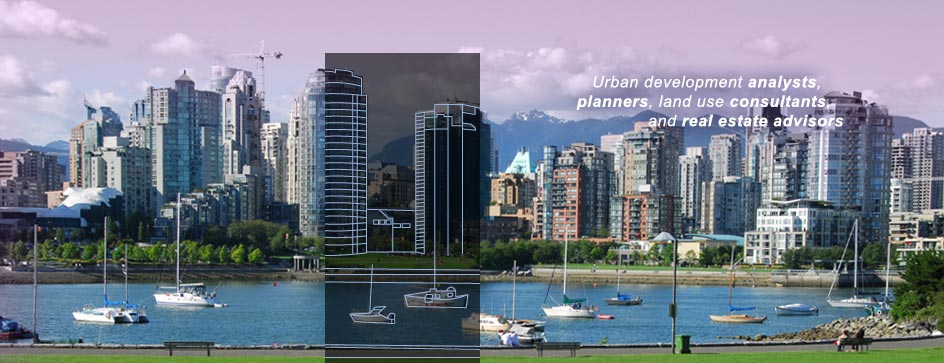What Does Coriolis Mean?
The Coriolis Effect is named after the French physicist, Gaspard de Coriolis (1792-1843), who first analyzed the Effect mathematically.
The Coriolis Effect
The Coriolis Effect is the reason that flying objects or weather systems moving over the Earth appear to veer to the left or right as the world spins under them.
As the earth rotates west to east on its axis once every 24 hours, a section of ground at the equator must travel further than a section of ground near the pole, even though both points only revolve once around the earth’s axis. As a result, a point at the equator is moving faster than a point at the pole. Think of the image of a line of skaters playing crack the whip. The skater at the centre (pole end) moves much slower on the ice than the skater on the outside (equator end).
Now think of an airplane about to take off in a northerly direction from the equator. While the plane looks as if it is sitting still on the runway, it is of course moving eastward at the same speed as the rotating earth. Once the plane is airborne, its northerly speed is controlled by its engines – but it also maintains the easterly momentum provided by the Earth’s rotation. As the plane moves north, away from the equator, the ground under it is spinning more slowly eastward than the ground was at the equator – and more slowly eastward than the airplane. Consequently, the plane will be deflected eastward from its course. The deflection is clockwise (to the right) in the Northern Hemisphere and counter clockwise (to the left) in the Southern Hemisphere. This deflection is known as the Coriolis Effect or the Coriolis Force. The plane can’t travel due north or due south unless it adjusts for the Coriolis Effect – the apparent east-west deflection due to the different linear speeds of the surface of the earth at different latitudinal points.
What does this have to do with consulting?
We help our clients understand the many complex factors that will influence the trajectory and outcome of their projects.
By analyzing these factors, we help clients steer an appropriate course.

